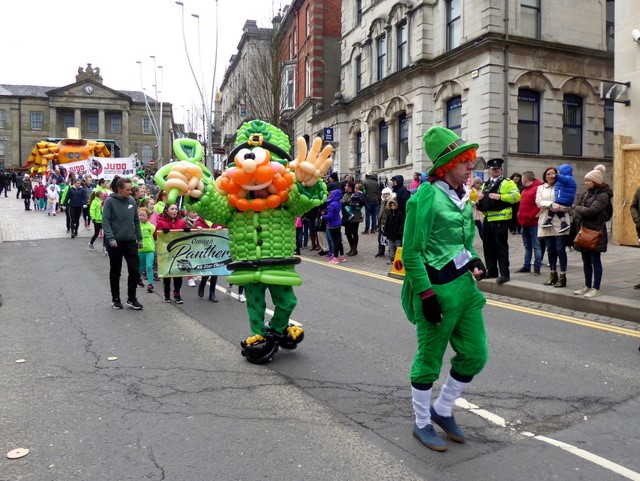St Patrick’s Day is celebrated all over the world on 17 March, the day of his death. St Patrick was the patron saint of Ireland and was born in Roman Britain in the late 4th century. At the age of 16, he was kidnapped and taken to Ireland as a slave. He managed to escape but returned to Ireland around 432AD to try to convert the Irish to Christianity. It is said that he drove the snakes out of Ireland and used the Irish shamrock to teach about the Trinity.

St Patrick’s Day celebrations – the origins
After he died on 17 March 461AD, St Patrick’s Day came to be a day of feasts and celebrations, with religious feasts taking place and people celebrating their Irish culture. It was mainly Irish emigrants, particularly those in the United States, who made the celebration of the day so popular. In cities in which there were a large number of Irish immigrants, large elaborate parades would take place.
St Patrick’s Day parades were made particularly popular in the United States, where they would sometimes dye the beer green; in Chicago, they have even dyed the river green since 1962 to mark the celebrations. Many of these celebrations were carried out to increase tourism. It wasn’t until 1995 that the Irish government decided to start holding parades in Dublin in an effort to give tourism a boost.

17 March has become a day when people like to celebrate and exchange St Patricks Day gifts. Typical gifts can include anything traditionally associated with Ireland and originating from the rich history of Irish folklore. There are lots of great gifts to choose from at websites. You will find a huge range of gift items, with leprechauns, shamrocks, Guinness and whiskey, harps, sheep and Irish flags proudly displaying the Irish heritage. Other traditional items include clothing such as Aran sweaters or traditional Celtic designs such as the Celtic Trinity knot.
Wearing of the green
Although blue was the original colour associated with St Patrick, green is the colour that is now associated with the day. It has become traditional for people to wear something green, usually either an item of clothing or a shamrock. Many people in Ireland wear a small bunch of shamrocks and go to church for the Blessing of the Shamrock.
